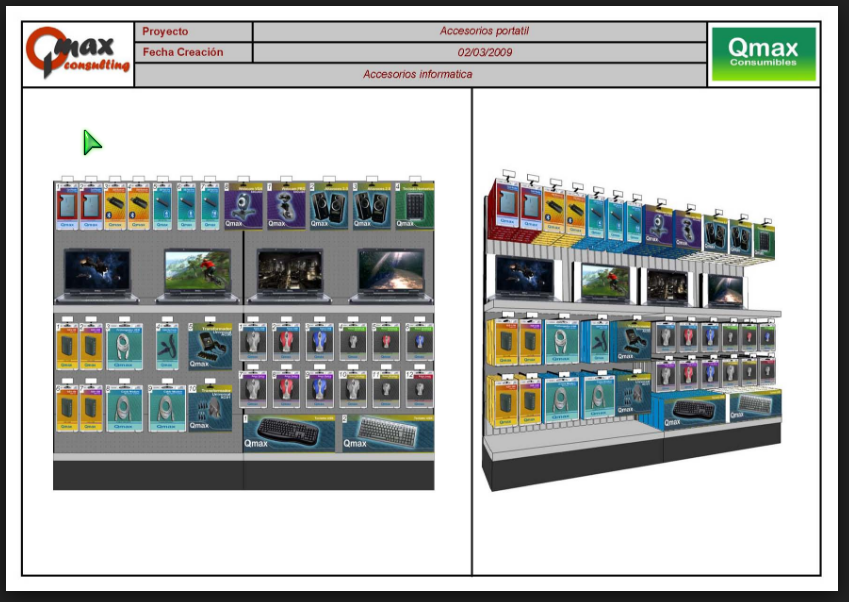
They say "A picture is said to be worth a thousand words" and over the years, I have seen planograms used by small to large retailers to show much about their shop and their plans. Even small retailers with tiny shops,
This discussion here should first be put in context that planograms are great tools also what I am talking about here is a proper planogram, not a drawing program.
For a small shop today, a large fit is often between $50,000 to $200,000 for a big shop fit, and it can knock the shop out for a while. When one retailer decided to use his stocktake data to look for places of high shoplifting utilizing a planogram, it took about a day and what was at stake was about $20,000 of missing stock that year, it did help a lot. Even just looking at a million dollar a year turnover in a shop visually, I have seen some great ideas for improvements in both turnover and reducing shoplifting.
I have seen people save thousands of dollars using planograms to highlight a variety of issues.
If you want to know more, please click here for a video explaining what a planogram can do for your shop.
Ownership
You can either buy it outright in which case the price varies considerably. Depending on whether you buy a simple drawing program to a full-blown system, as a punt, I would say an SMB business should budget between about $300 to a $1,000. This is very approximate as sometimes I have seen people spend $300 and it was too much, and sometimes I have seen much more spent and it was not nearly enough. The significant advantage to owning it is that you, in theory, you can play with a lot of options continuously. I say theory because one of the problems with owning a planogram software is that it takes awhile to figure out how to use it. A person needs about a week or two to figure it out to get to the stage they can be said to be commercially competent. The other issue is that although it is not hard, they do tend to need a few attempts at making planograms, in the beginning, to get it right on the third attempt they do a good job. So please do not be fooled if someone demonstrates it to you at a trade show and in a few minutes shows you a great planogram. It took them quite a while to get to that knowledge and what they show you are far away from being usable. The other problem is once they get to that competency, if they do not use the software regularly they tend to forget it and have to relearn it and so often what happens is that this person moves on?
The other alternative is that often if you are planning changes to the shop, the people doing the changes usually offer you the services of a planogram expert free who will naturally push their solution or you can hire a planogram expert to do the task. One advantage of this at least is often the planogram software, and the expert is excellent although in my experience overpriced.
Measuring
The person doing the planogram can tell you what details you require. They usually can get the information needed by going to your shop and measuring it up and then look through your point of sale software; this is going to be at least a few hours. If you are doing the measurements yourself, I recommend buying a laser measuring device which you can get from a hardware shop and a tape measure. Some planogram software can import data directly from our software through our ad-hoc reporting system.
Often it is a big job as you need product information that many suppliers cannot supply you although if these suppliers do supply major supermarkets they often can provide the information.
Doing it
To prepare the data you often need a working knowledge of excel better than basic. Your point of sale software will require ad-hoc reporting which unfortunately will knock out most POS software in our market space now.
Use
As I have never seen it work well on the first attempt, even if it does you want some variations to think about, so you will need a few tries.


